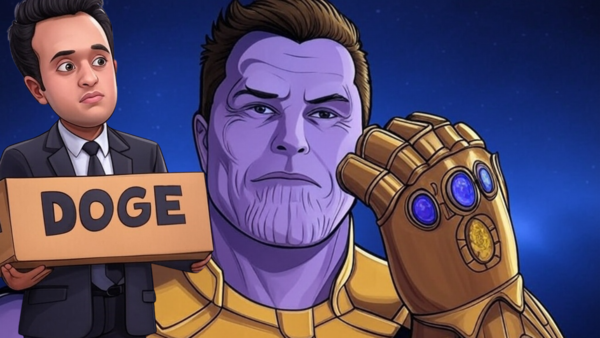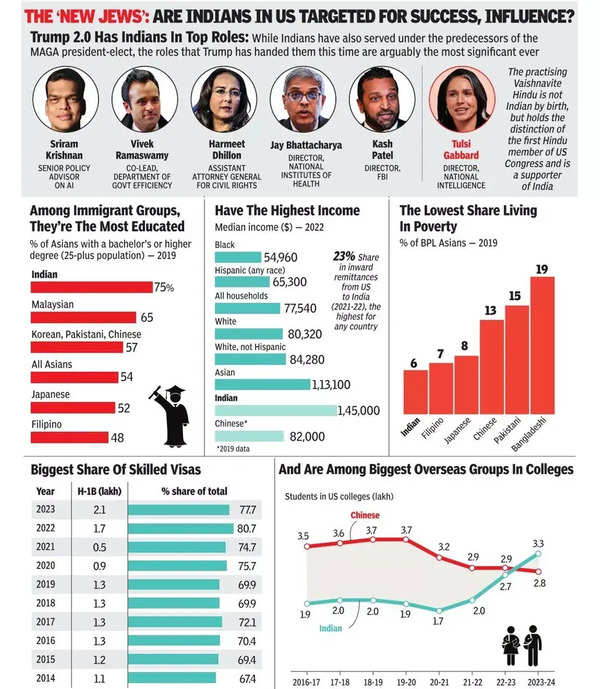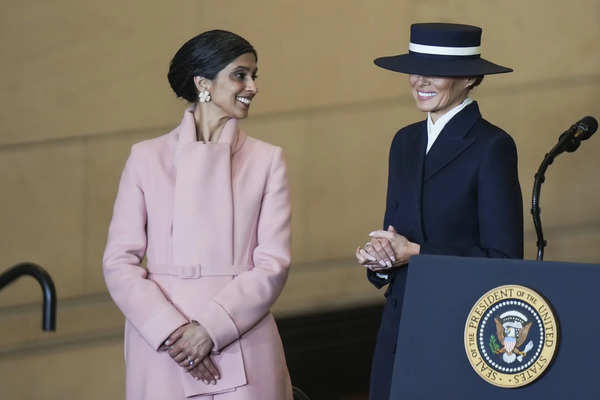Vivek Ramaswamy, the biotech entrepreneur turned political firebrand, is once again in the spotlight—this time as a candidate for Ohio governor. It’s his third attempt at securing a high-profile political role in just over a year, following his failed 2024 presidential bid and a behind-the-scenes push for an appointment to JD Vance’s vacant Senate seat. But as he steps into this new battle, his campaign carries a notable omission: his controversial and short-lived tenure as co-leader of the Department of Government Efficiency (DOGE), an initiative spearheaded by Elon Musk in the second Trump administration.
Ramaswamy, who built his company on anti-woke socialism and self-made accomplishment, now faces a different sort of scrutiny—one that extends beyond plan and into the unstated undercurrents of personality politics in the MAGA activity. He is walking a rope, supported by Trump, and also the issue of discomfort in some parts of the MAGA habitat who have never entirely accepted his proudly Hindu personality. And as subsequent events indicate, some in the activity continue to dispute his Indian-American heritage.
The DOGE Fiasco: A Power Struggle with Musk?

It’s telling that Ramaswamy, generally one to talk about his achievements, avoided mentioning DOGE in his campaign start conversation. Sidestepping his prominent visit in the Trump administration indicates something deeper for someone who loves to project success. His only 69-day tenure at DOGE was hardly sufficient time to win any significant successes, but conflicts with Musk were already high.
According to reports, the two men’s differences reportedly stemmed from both intellectual and executive disagreements. Musk, who has taken a radical approach to government reform, allegedly grew frustrated with Ramaswamy’s desire for continuous, proper cuts over the broad, fast reductions Is envisioned. There was also Ramaswamy’s controversial stance on the American workforce—his criticism of American work culture as fostering “mediocrity” clashed with MAGA’s base which took great offence to his tweet.
His exit from DOGE was met with little fanfare, and in the wake of his departure, the program continued without him, solidifying Musk’s dominance within the initiative. Now, as he attempts to pivot to the Ohio governorship, Ramaswamy must deal with an inconvenient narrative: he was part of a high-profile government reform project, but instead of transforming it, he left under unclear circumstances.
The MAGA Litmus Test: Race, Religion, and the Shadow of Nativism
MAGA has long taken pride in being a diverse movement that welcomes those whose beliefs fall under its umbrella regardless of background. At least, that’s the official line. The reality, however, is far more complicated, especially for Indian-American figures like Ramaswamy, Sriram Krishnan, Kash Patel, and Usha Vance, all of whom have faced varying degrees of resistance from the movement’s nativist wing.
The Vivek Dilemma: Too MAGA for the Left, Too Indian for the Right?
Ramaswamy has positioned himself as a staunch MAGA conservative, railing against woke ideology, championing deregulation, and touting his allegiance to Trump. Despite this, some of the movement’s more skeptic supporters have never felt comfortable with his presence.
Far-right commentator Ann Coulter made it clear that because Ramaswamy was Indian, she would never support him in the presidential election in 2024. Other MAGA-aligned figures, particularly within evangelical circles, have raised quiet objections to his unapologetic embrace of Hinduism.
The backlash has at times been explicit. After Trump and Musk endorsed his gubernatorial bid, social media saw a predictable storm of reactions, with some questioning whether an Indian-American could truly embody the” America First” philosophy. Trump’s endorsement may shield him from blatant racism within the movement, but the skepticism from MAGA’s nativist and evangelical factions persists as an unspoken barrier.
Sriram Krishnan: The Tech Bro MAGA Tolerates ( For Now )

Sriram Krishnan, a Silicon Valley insider turned Trump AI advisor, has faced his own struggles with MAGA acceptance. Despite being instrumental in shaping Trump’s artificial intelligence policy, Krishnan has been targeted by the movement’s anti-tech faction, with accusations that his immigration views undermine” America First”. His support for lifting the country caps on green cards, which would primarily benefit Indian immigrants, has made him a hot rod for criticism. The parallels with Ramaswamy are clear: both men are brilliant, both are MAGA-aligned, and yet both remain outsiders to a movement that sees them as symbols of globalization rather than nationalism.
Kash Patel: The Exception
Kash Patel, a staunch Trump loyalist, has arguably fared better than his fellow Indian-Americans in MAGA. A former national security official, Patel’s aggressive stance against the so-called deep state has made him a hero within the movement. In contrast to Ramaswamy, Patel’s political survival strategy has been to lean heavily toward his role as a rebel against government corruption, avoiding identity-related discussions that might make him a target for nativists. And yet, Kash Patel greeted his parents by touching their feet, and changed Jai Shree Krishna at his hearing, which didn’t get any sort of MAGA backlash.
Usha Vance: The Hindu” Problem”

Usha Vance, left, and first lady Melania Trump stand at Emancipation Hall after the 60th Presidential Inauguration in the U. S. Capitol in Washington. AP/PT I (
The backlash experienced by Usha Vance, the wife of Vice President JD Vance, is perhaps the most obvious illustration of MAGA’s disapproval of Hindu figures. She has been the target of blatant racist attacks from some in the movement because she practices Hindu. During JD Vance’s inauguration, social media trolls mocked her faith, with comments such as,” Christ is King, not some stinky Indian idol”.
This hostility goes beyond just using the internet to trot. There is a real, deep-seated discomfort among segments of MAGA’s evangelical wing toward Hinduism, which they view as pagan and incompatible with Christian nationalism. Ramaswamy is still cautious despite the fact that the same forces that attacked Usha Vance continue to be wary of him.
Ohio 2026: The Road Ahead for Ramaswamy
With Trump’s endorsement and Musk’s backing, Ramaswamy is positioned as a top contender for Ohio governor. But his challenges are significant:
1. Electoral Viability – Ramaswamy’s multiple political pursuits in a short span have given opponents ammunition to paint him as opportunistic.
2. DOGE Baggage – His failed tenure at DOGE, and his unwillingness to discuss it, could become a liability in a state with a sizable federal workforce.
3. The MAGA Litmus Test – Can he convince Ohio’s Trump base to fully embrace him, despite the racial and religious biases that persist within certain factions of the movement?
In the end, Ramaswamy’s Ohio gubernatorial bid is more than just a state-level race—it’s a referendum on how far MAGA is willing to go in embracing non-white, non-Christian leadership. He may have Trump’s backing, but as history has shown, that alone does not erase the deep cultural tensions simmering beneath the surface.




